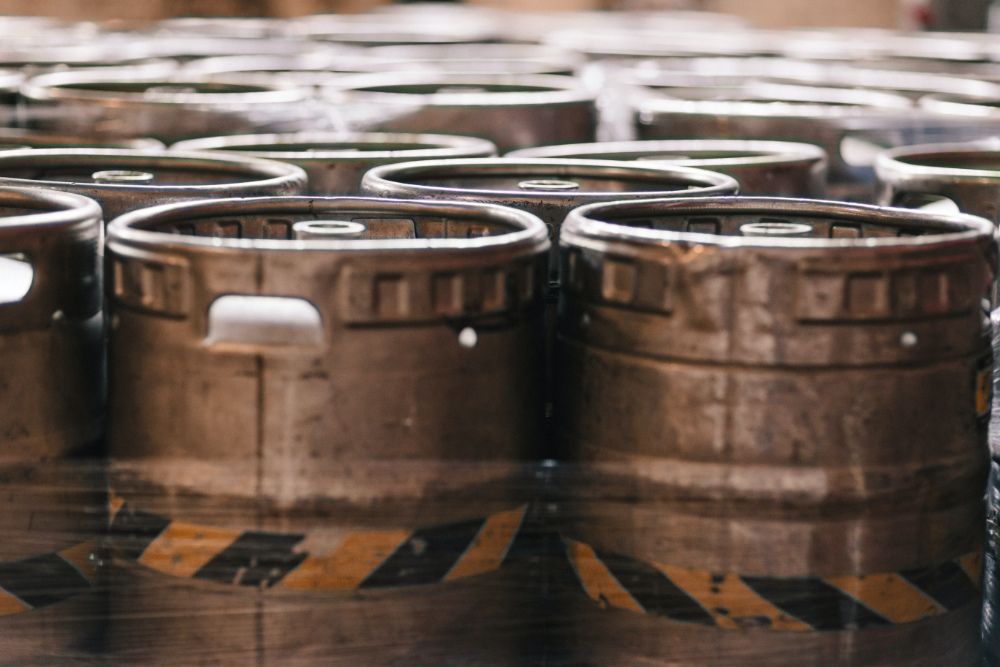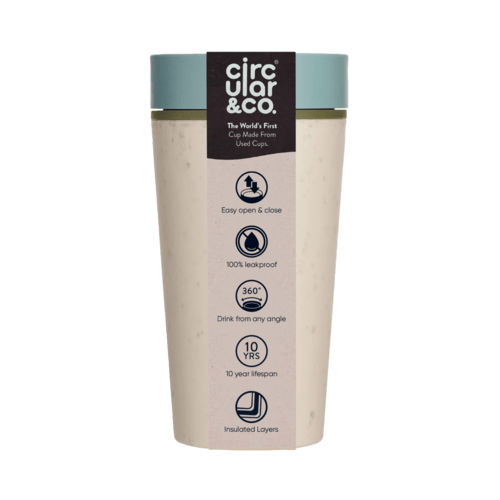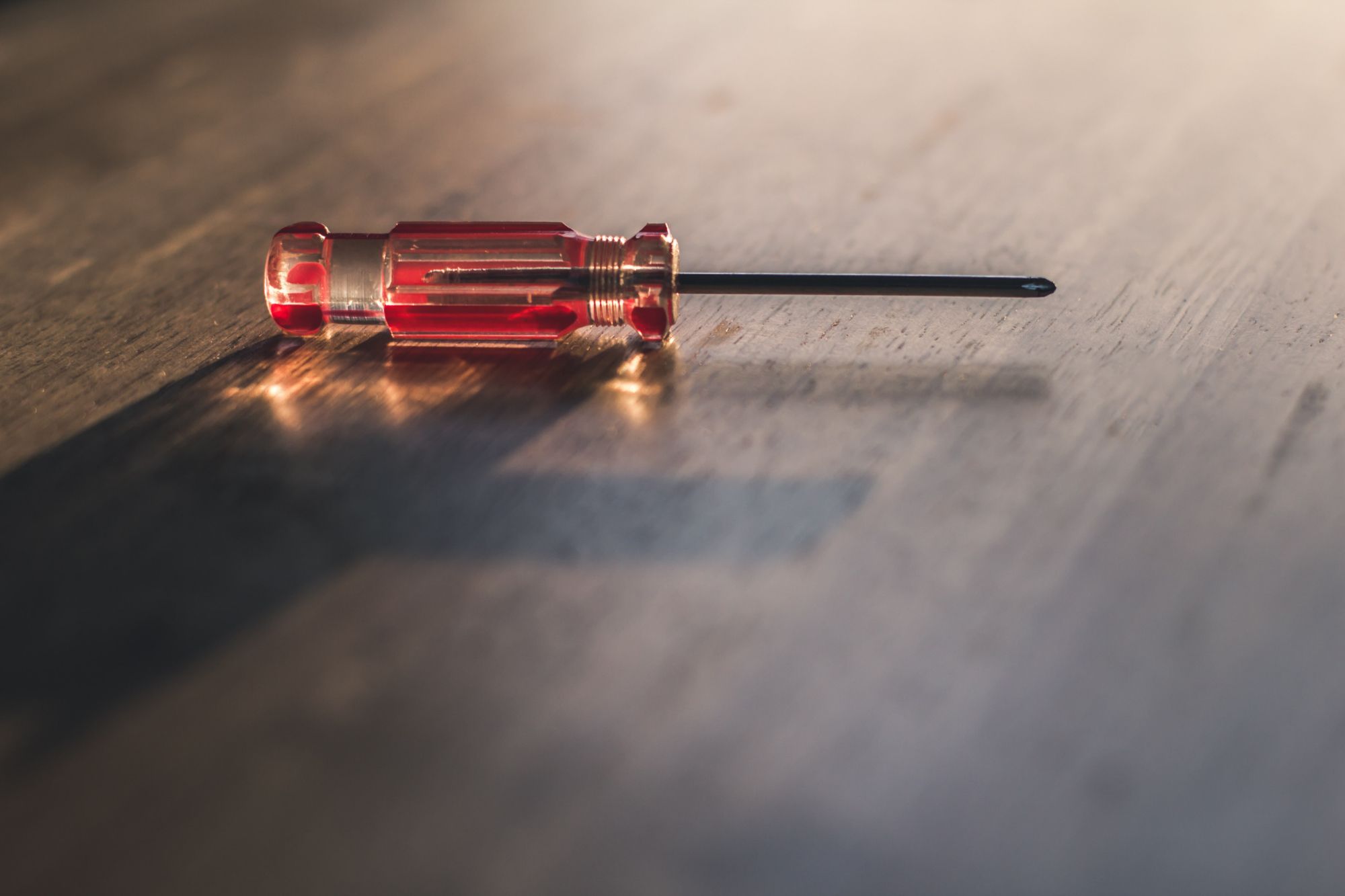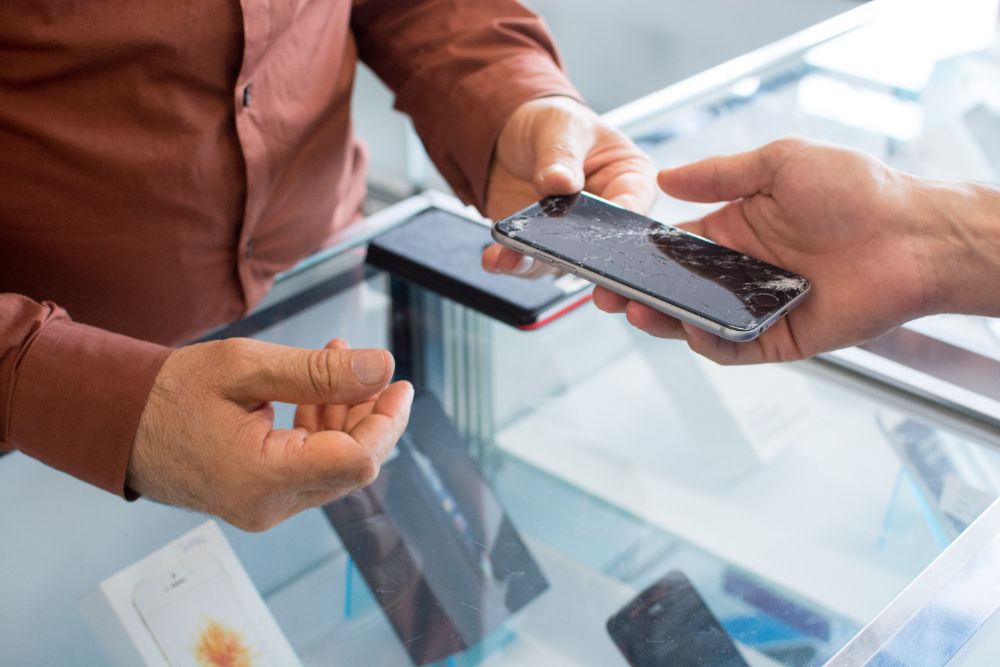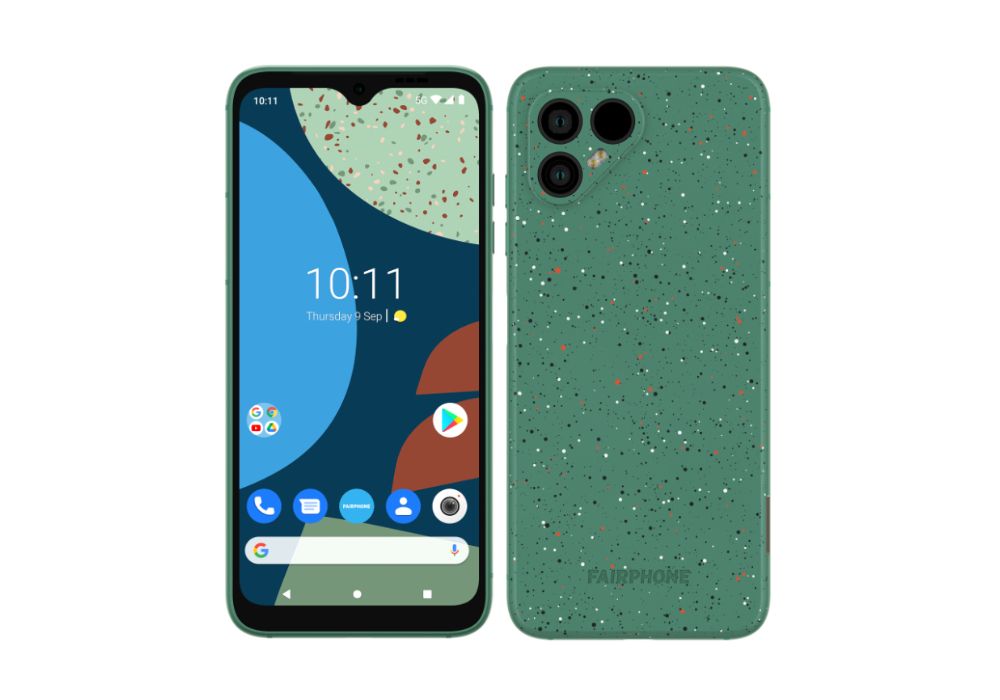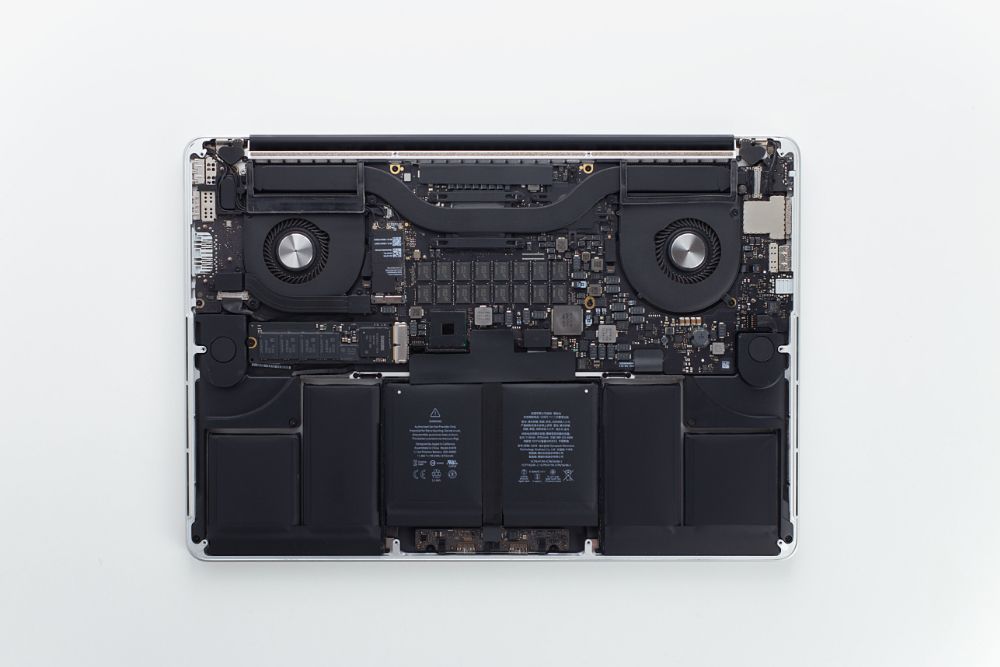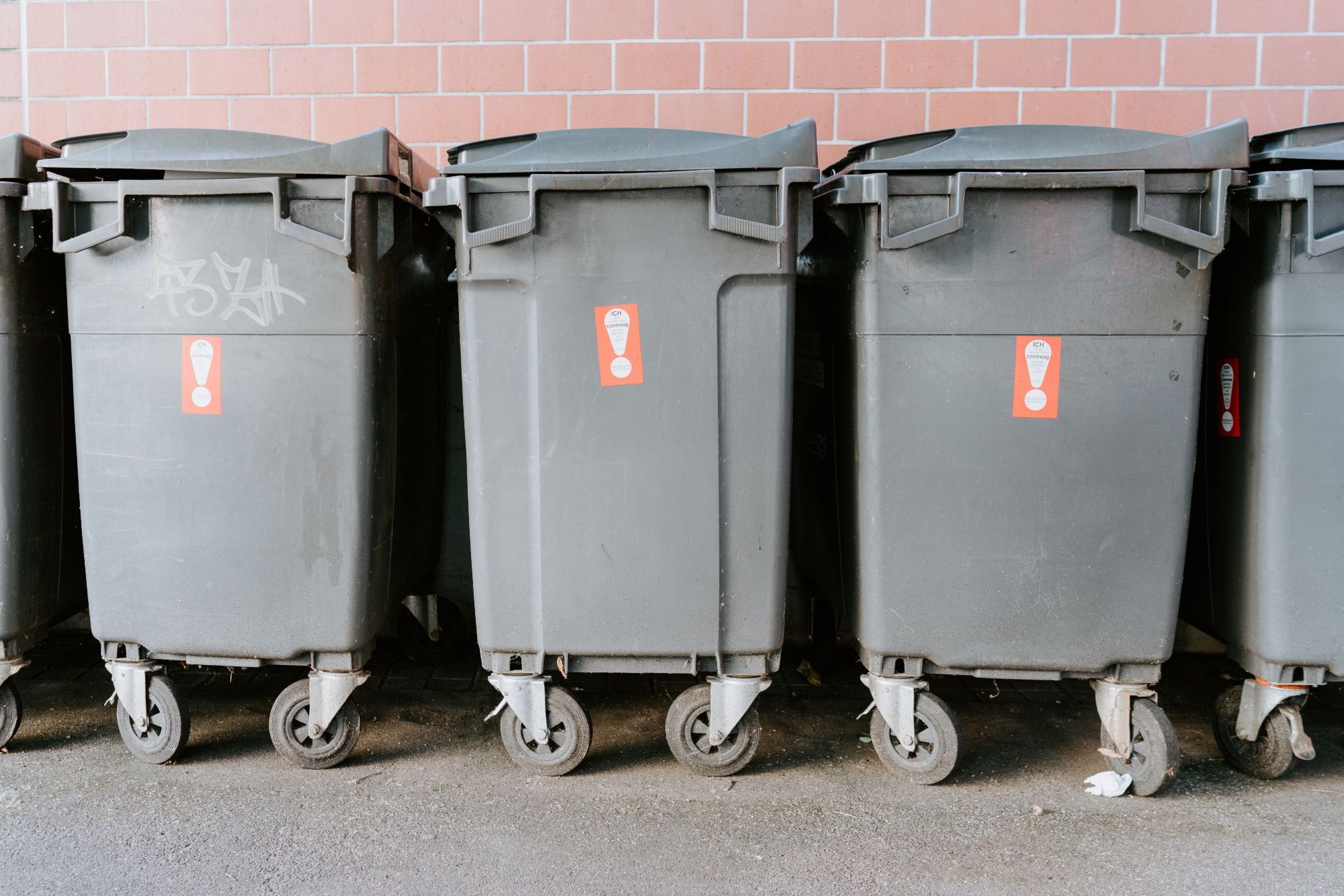
Our New Reusable Water Bottle Is Designed For Circularity, But Can We All Find The Bottle To Go Circular?
A New Kind of Reusable Water Bottle
Reusables on the Rise
It’s that age-old question isn’t it? Stemming back through the ages; reusable water bottle, or single-use water bottle? (Okay maybe this is actually an entirely modern question, with surely only one sensible answer?)

Maybe if we start using reusable water bottles more often, we won’t have to clean up trash like this anymore? Photo by Marta Ortigosa from Pexels.
To be honest, we’ve never thought single-use products in general have ever been such a good idea in most cases. Especially when they’re made from a material like plastic, which often takes hundreds of years to decompose. One single-use for hundreds of years of environmental abuse? Not on our watch, thank you very much!
Encouragingly, it seems we’re not the only ones who think this way. In the last couple of years, organisations like Greenpeace and Zero Waste Europe have been calling for the use of reusables above all single-use products wherever possible, so that hopefully we can start making this plastic-covered planet of ours all clean and beautiful again.
Embracing reusables is also one of the main solutions put forward in the ‘single-use-plastics directive’ launched by the EU in 2019. This directive contains legislation aimed at significantly reducing plastic pollution and developing a circular economy for plastics by 2030. So it seems that single-use products may well have had their day, and reusables will soon be the only way. Yay!
Our Reusable Bottle Made From Bottles
92% of the material in each of our reusable bottles comes from single-use bottles. So each bottle we make saves 14 single-use bottles from potentially ending up as waste.
But when we do start kindly showing our single-use products the door and embracing reusables forevermore, it’s essential that we remember; all reusables are not created equal!!!
Take a reusable water bottle for example. Of course, using any kind of reusable bottle instead of a single-use bottle will pretty much always be the more sustainable option for our good old friend the planet. But if the reusable bottle is made from non-recycled materials, and is difficult to recycle once you’re finished with it, it will still end up causing quite a lot of environmental damage. And we say, enough with the environmental damage already, how about we do some cleaning up instead?
We reckon for a reusable bottle — or any product for that matter — to be truly sustainable, it should:
- Be made from as much recycled material as possible. (That should help with the clean up)
- Last a long time!
- Be super easy to recycle into new products once you’re done with it.
This is why we’ve just released what we feel is the most environmentally friendly reusable drink bottle around; our reusable bottle made from bottles. A circular reusable bottle!
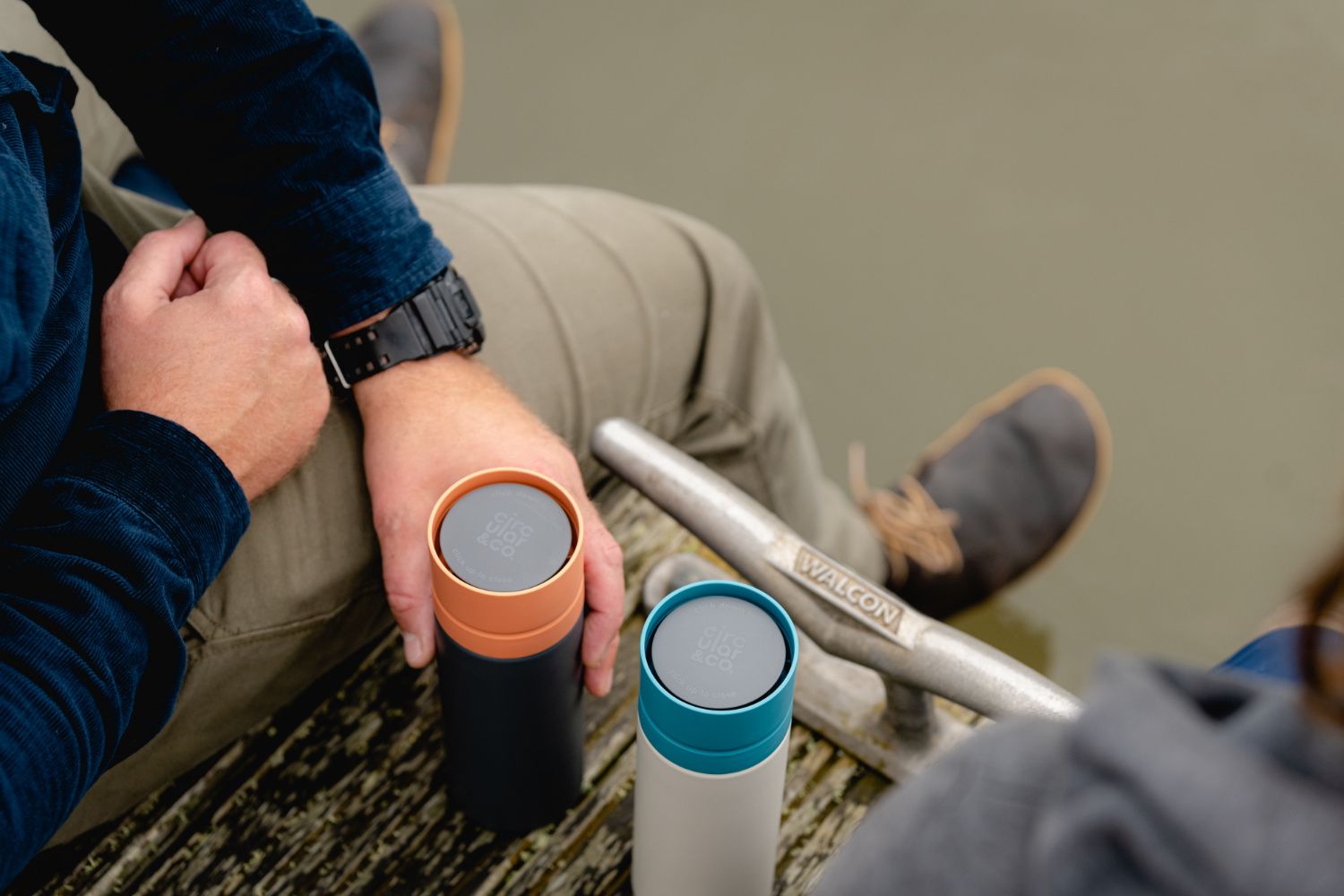
Our new reusable water bottles, made from discarded single-use bottles!
Here’s a few fun facts about our new circular bottles that we’re really quite proud of:
- 92% of the material in each bottle comes from single-use bottles. So each bottle we make saves 14 single-use bottles from potentially ending up as waste.
- These are sturdy drink bottles! We’ve designed them to last for at least 10 years.
- When over a decade has passed and you’re a little older and greyer, no need to worry, because our bottles are 100% recyclable, and easy to recycle through curbside collection, or through our product takeback scheme.
Basically, we’ve designed these bottles in a way that repurposes existing waste into a valuable and useful product, and minimises the creation of new waste after the product has served its purpose. Because waste is only waste if you can’t find a way to use it, right?
We feel that choosing to produce and use products designed in this way is something we all need to start doing if we want to really clean up this lovely planet of ours for good.
And this is what ‘going circular’, and moving towards a circular economy is really all about.
The Circular Economy, What’s That Then?
Right now, the majority of our economy is made up of materials moving in straight lines. Straight lines of environmental destruction!
For the most part, precious resources and materials are taken out of the ground, used to make products, we use the products, and then we throw them away. As a lot of modern products can be quite difficult and costly to properly recycle, the resources and materials contained in these products often end up as worthless waste and pollution. Fresh materials are then extracted again to make new products, and another straight line of environmental destruction begins. This method of production and consumption is often referred to as ‘the linear economy’, and is basically the way things generally operate today. We know what you’re thinking; you’re never going to be able to look at straight lines the same way again now, but that’s okay, because circles are much better than straight lines anyway. Especially, the circular economy.
When we talk about moving towards a circular economy, we’re basically talking about taking these straight lines of planet-killing chaos and curving them around until one end meets the other. Using the ‘waste’ materials at the product disposal end of the line as resources to be used at the product production end of the line. (There is no such thing as waste!)
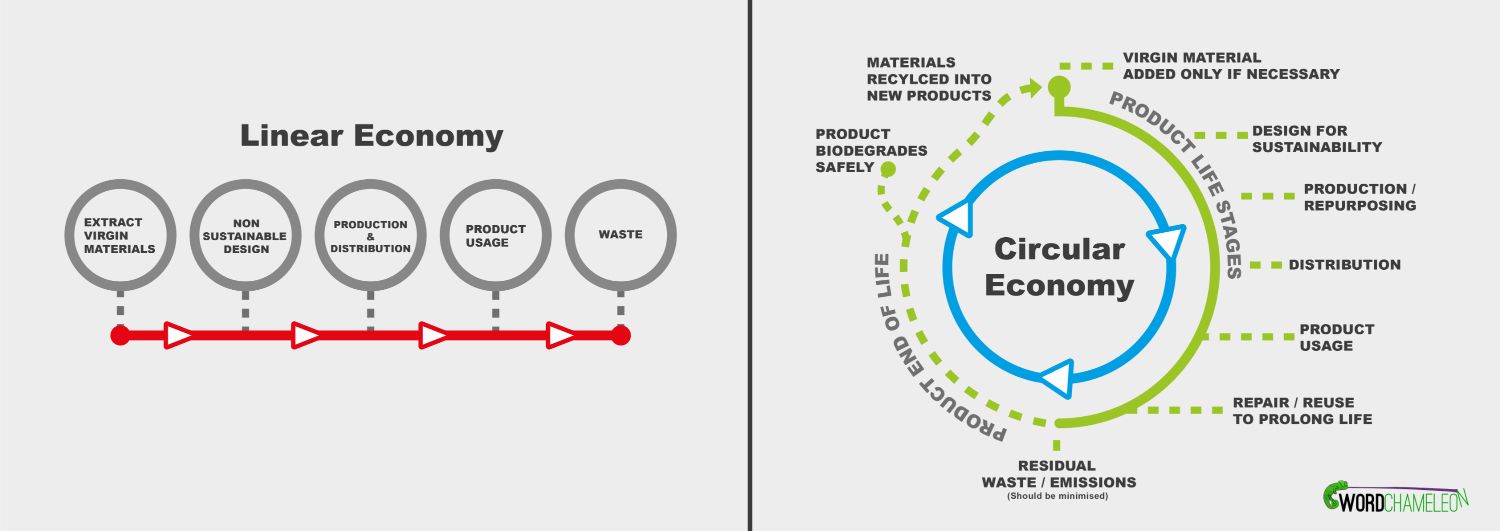
The comparison above gives you a basic idea of how the linear economy works, and how the circular economy should work.
This is what we’ve tried to do with our reusable water bottles; using discarded single-use bottles as our main production material, and then designing our bottles to be 100% recyclable, and easy to recycle into new products. Which means years of hydration for you, and a healthier planet too.
And this concept really isn’t just about reusable water bottles. We reckon that, when done properly, circular design like this really can be used to turn ‘waste’ into beautiful, useful, shiny new products that everyone can use and enjoy without so much as a hint of environmental guilt!
Right now, the majority of our economy is made up of materials moving in straight lines. Straight lines of environmental destruction!
Waste can become a terrifying dinosaur-shaped ghost of the past, and just like dinosaur bones themselves, we can leave virgin resources in the ground when producing new products.
This is basically what we are looking to achieve by moving from a linear economy to a circular economy.
But of course, the world and the economy is a very complex thing, with lots of moving parts and vested interests involved. Adopting a more circular economy on a large scale is going to require a lot more than simply turning plastic waste into reusable drink bottles!
So what is it that’s holding us back? Why haven’t we already moved to a circular economy?
What’s Holding The Circular Economy Back?
Because moving to a circular economy will require many products to be re-designed, and the way we ‘dispose’ of our products will have to be re-imagined, you could be forgiven for assuming that the main barriers to the circular economy are technical ones. But encouragingly, it seems this is not the case at all.

It seems if we can overcome cultural and market-related barriers, developing the technology for the circular economy shouldn’t be too much of a problem. Photo by Karim MANJRA on Unsplash.
According to some extensive research on barriers to the circular economy conducted by Deloitte and Utrecht University in the Netherlands, the most pressing barriers to the circular economy are cultural, and market-related barriers, with technological barriers not considered to be as much of an issue. (Could this mean that technology might actually end up working for once when we need it to???)
(This research, conducted in 2017, involved a survey of 153 businesses and 53 government officials across the EU and the UK, with 82% of respondents working on the circular economy in their daily jobs. 47 expert interviews were also conducted with circular economy thought leaders from business, governments, academia and NGOs in addition to the survey. You would imagine these good folks know what they’re talking about!)
The results of this research specifically suggest that the main factors preventing us from adopting a circular economy in Europe are:
- Company culture
- Low virgin material prices
- High upfront investment costs for circular business models
- A lack of consumer interest and awareness
Although these results are based on research published four years ago, unfortunately these barriers still remain, and it seems that companies, governments, us, you, we, our aunties, best mates, uncles, cousins, random folks we meet down the pub, and even our grannies can all play a part in overcoming them! As with most of the experts interviewed here agreeing that technological barriers are not the main barriers, it seems this might largely be a matter of the good old people of earth finding the right mindset.
It seems that companies, governments, us, you, we, our aunties, best mates, uncles, cousins, random folks we meet down the pub, and even our grannies can all play a part in overcoming barriers to the circular economy!
Finding the will, the strength, and the bottle to speak up, to change our individual mindsets, alter the culture of our organisations, adopt new consumption habits as consumers and demand that the companies we work for, the brands we buy from, and the politicians we vote for take the circular economy seriously!
Can we find the bottle to make these changes as individuals, and as a collective?
We think the answer to that question is a resounding YES!
(And you know, choosing a reusable water bottle made from bottles isn’t a bad start ;) )
Beyond Reusable Water Bottles: What Can We All Do To Make The Circular Economy Possible?
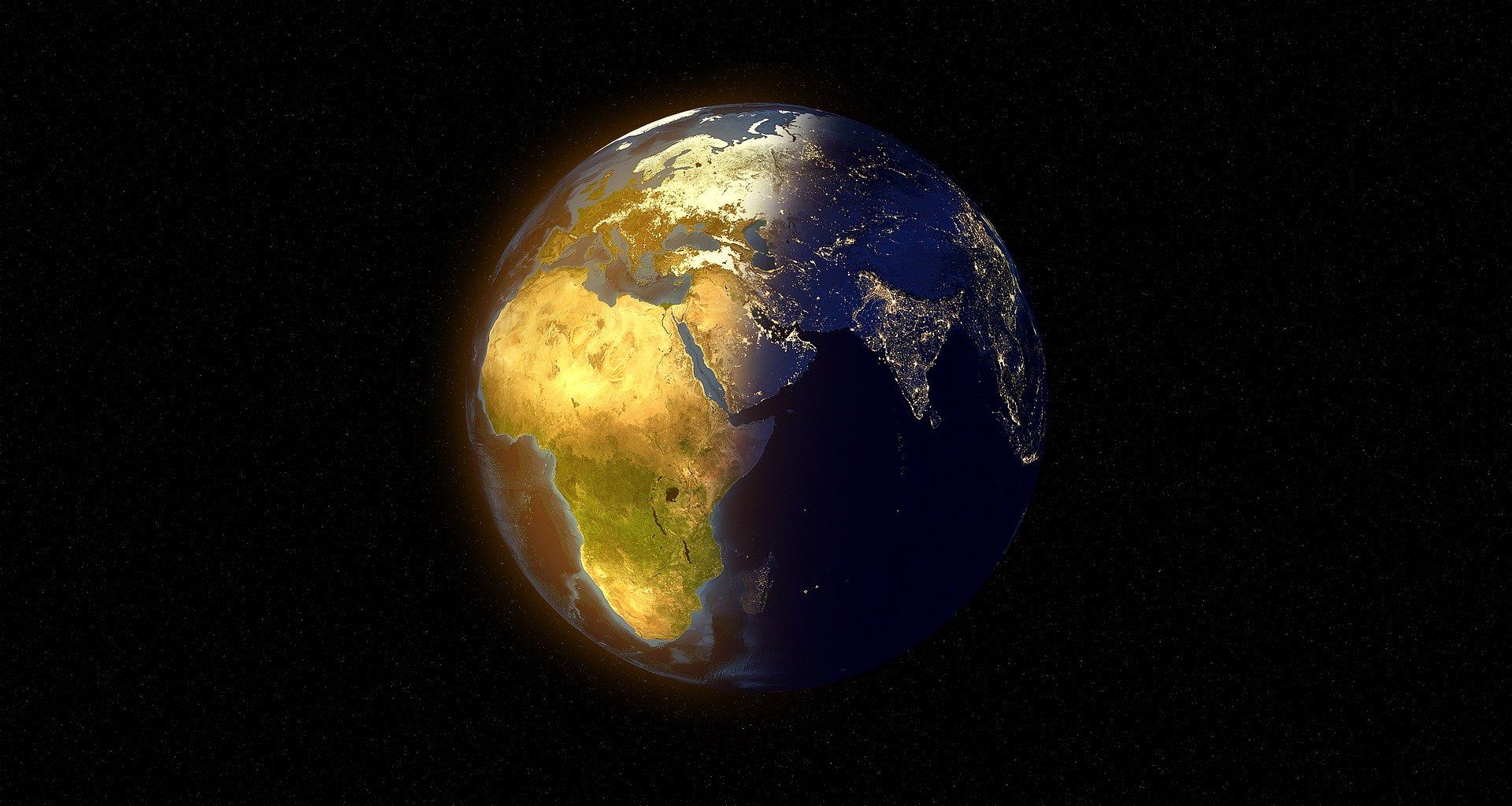
We’ve all got a role to play if we want to make our economy circular and take care of the planet we all call home. Image by Arek Socha from Pixabay.
We’re all in this together. Transforming our economy for the good of the planet is going to require input, effort, change, probably a little sprinkle of sacrifice, and collaboration between all of us. Industry, governments, and regular folks — basically all human beings :o — have all got a role to play, and like everything in this world, those roles are all interconnected.
But what can each of us really do to help make the circular economy possible?
What Can Industry Do?
At Circular&Co. we believe that change should be triggered by industry. The companies and brands that produce all our products and put them on the market are ultimately the ones who decide how these products are designed, and therefore, what we can do with them once they’ve served their purpose. To help give society a nice gentle (or maybe not so gentle?) push towards circularity, we feel companies can do a number of things, both internally and externally:
Transforming Company Culture
Research suggests that one of the main factors preventing the circular economy from taking shape is the culture that exists within many established companies.
It seems that in many companies there is a lack of collaboration and integration between different departments, with circular economy discussions only really taking place within the CSR and environmental departments. This may partly be due to a general lack of circular economy-related knowledge throughout organisations as a whole, or it could be that the circular economy just isn’t quite a raunchy enough topic to make it into the water cooler gossip chat! (Maybe if other departments did jump in on the circular economy discussions this lack of circular knowledge/gossip would no longer be an issue!)
With many established companies also having a ‘risk-averse’ attitude when it comes to innovation and company evolution, it’s easy to see why embracing the circular economy might not be at the top of their to-do list. (Especially if they barely even know what the circular economy really is!)
Research suggests that one of the main factors preventing the circular economy from taking shape is the culture that exists within many established companies.
Of course, all of this can change, but this change must come from within. Here’s how we think it can happen:
- Educate educate educate!:
The first step towards making any company more ‘culturally-circular’ must surely be to educate everybody associated with the company about the circular economy, and why it’s so important.
From senior execs, to managers, to interns, to folks who are just about trembling their way through the first round of interviews; if everyone from top-to-bottom has a comprehensive understanding of circular economy principles, then conversations about how the organisation might adopt circular thinking can start flowing at all levels within the company.
- Get departments talking to each other (and not just on their coffee breaks):
Issues like sustainability and the circular economy should not be boxed off in a corner for the poor old CSR department to deal with! For a company to incorporate circularity throughout their business model, everybody needs to be involved, and all departments must work together to make it happen.
Circular thinking will need to become paramount during R&D, financial forecasting, materials procurement and product design, throughout the supply chain, and in the companies communication strategy. Basically, for the circular transition to be an overall success, it’s imperative that all company sections and departments are on the same page. A strong culture of internal communication and collaboration will be needed. Even the office plants should be thinking about circularity!
- Widen the scope of possibility (and get heads out of boxes!):
Adopting a circular business model requires a little more disruption within an organisation than putting 10% recycled content in the latest product’s packaging. If a company wants to truly ready itself for the circular economy, it may have to push the boundaries of what it has previously considered possible.
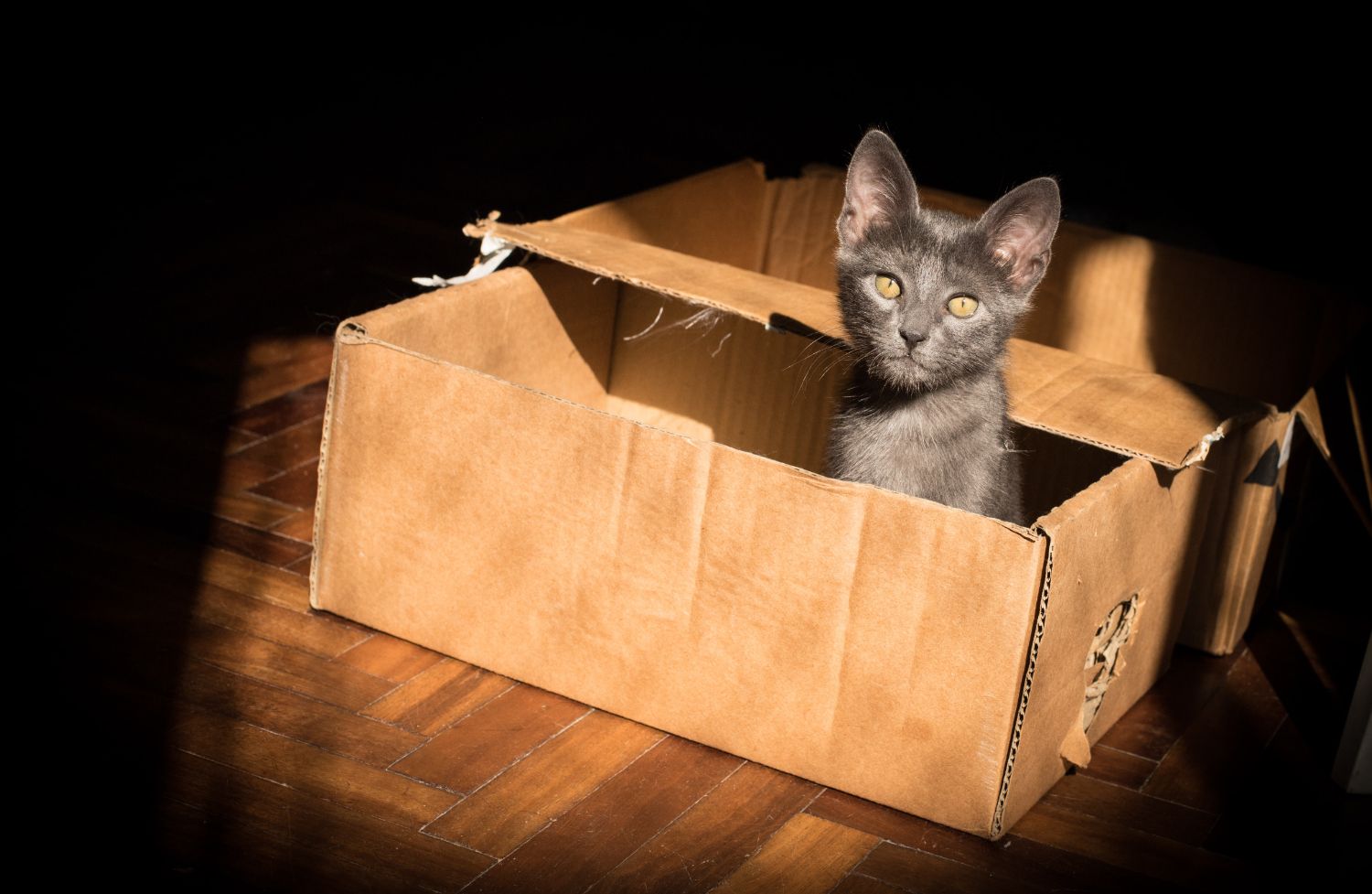
Adopting a more circular culture will probably require businesses start pushing boundaries and thinking outside the box. Who knows, it may very well end up making the world a better place for all of us. Including this cat! Photo by Luku Muffin on Unsplash.
This will likely involve moving towards a culture where people are encouraged to embrace risk, and to think outside the box. But with the right collective application, this kind of culture and mindset could be the key for companies to thrive in the near future, when hopefully, the circular economy starts to become the norm.
Push the Circular Conversation
If consumers are generally unaware, or uninterested in the circular economy right now, maybe it’s up to brands to spark a little interest! There seems to be a reluctance at the moment from brands to focus their marketing communications on the circular economy, with most eco-conscious brands still talking more about sustainability in general.
As brands start doing more to make their business models more circular, they should do everything they can to engage and educate their customers about why transitioning to a circular economy is so important.
If all the big brands start putting the circular economy front and centre of their communication strategies, creating hard-hitting, memorable ad campaigns and maybe getting some popular famous folks involved as well, surely it won’t be long before the whole world is talking about the circular economy?
Make Circular Products That People Want!
Big companies need to start taking circular design seriously, and start doing all they can to produce high-quality, desirable, affordable circular products. It’s much more likely that circularity will take over from the destructive linear model in the near future if this happens.
Sparking some interest in the circular economy will of course be a whole lot easier if there’s a whole bunch of top quality circular offerings for folks to choose from, and making this happen is entirely up to the industry side of the circular coin!
Big companies need to start taking circular design seriously, and start doing all they can to produce high-quality, desirable, affordable circular products. It’s much more likely that circularity will take over from the destructive linear model in the near future if this happens.
Circular Startups Can Lead the Way
Pretty much everything we’ve suggested so far has been about how big established companies can evolve and transform and become more circular, but if they don’t fancy listening to our advice, not to worry, as there’s already plenty of wonderful circular-focused startups showing them how it’s done.
These kinds of trailblazing startups, that have incorporated circular thinking in everything they do from the very beginning, can act as a guide and an inspiration to some of the more established players within their industries.
Let’s hope the big boys listen carefully to the new, circular kids on the block!
What Can Governments Do?
The main thing governments can do to make the circular economy possible is to pass legislation that makes it easier for circular business models to succeed. Thankfully, in Europe at least, this already seems to be happening.
In March last year, the EU released the ‘new circular economy action plan’ which aims to encourage sustainable consumption and promote circular economy processes throughout Europe in the coming years. This plan contains various legislation and initiatives which focus on promoting sustainable product design, helping to implement circularity in production processes, and creating a well-functioning EU market for secondary raw materials, among many other planet-healing, circular-shaped things.

The EU has a circle of stars in its flag. Could it also be leading the way when it comes to implementing circular economy-friendly legislation? Photo by ALEXANDRE LALLEMAND on Unsplash.
This really does seem like a very comprehensive plan, and we hope it might go a long way to breaking down two of those dastardly barriers to the circular economy in Europe we mentioned earlier; low virgin material prices, and high upfront investment costs for circular business models. Creating that well-functioning EU market for secondary raw materials certainly sounds like a good start!
China also released a 5-year circular economy plan earlier this year, and if other governing bodies around the world work to develop similar strategies — and actually implement them — it’ll really be a huge boost in the global push towards circularity.
It’s also essential that governments work together internationally to make it happen. (Let’s keep our fingers crossed on that one!)
What Can All Us Regular Humans Do?
Eventually, companies and brands around the world will have to start embracing circularity at least on some level. Whether they decide to jump ahead of the curve and do it now, or wait until governments pass legislation that requires them to become more circular, one way or another, it seems it is going to happen. But with all the environmental issues going on in the world right now, time is of the essence!
And one way to absolutely guarantee that brands start taking the circular economy seriously as soon as possible, is for all us regular earthlings to start voting with our wallets, and demanding circular products. Unfortunately, this may not be quite as simple as choosing to buy a reusable water bottle over a disposable one. It’s going to mean making a few significant changes to our lives:
As we hopefully start hearing more and more about the circular economy in the near future, people can help to bring it into the mainstream by learning as much as we can about what it is and why it’s so important. By educating ourselves about circular design and how it works, we’ll be able to recognise which products are genuinely designed for circularity, and which ones are merely imposters!
One way to absolutely guarantee that brands start taking the circular economy seriously as soon as possible, is for all us regular earthlings to start voting with our wallets, and demanding circular products.
This will give us the power to put pressure on brands to become more circular, by voting with our wallets.
- Re-thinking our buying habits:
Embracing circularity as customers is about buying differently, as well as just choosing the most sustainable product on offer. For the circular economy to work, products should be made to last a long time, repaired whenever possible, and be reused and repurposed before we ever think about throwing them away.
Circularity, after all, is about getting the maximum value out of our resources, and that involves more than just designing recyclable products out of recycled materials. It also involves minimising resource and energy usage along every step of the product’s life cycle.
This means we may have to start wearing that super-durable funky jumper for a few seasons longer, even if it’s not quite so fashionable anymore. We might even have to go get our 5-year-old not-so-state-of-the-art TV repaired instead of buying that flashy new one we’ve had our eye on for a while.
It might not be easy, but to make the circular economy possible, we might all have to start buying less stuff, and cherishing the well-made things we already have. And making them last.
And this idea of learning to cherish what we already have — and the resources and materials present in these items — could be the change in mindset we all need to adopt if we want to make the circular economy truly possible.
If we can start finding as much pleasure in this challenge as we get from buying new products today, we’ll be well on our way to circularity in no time.
But, have we really got the bottle to do it?
Have We Really Got The Bottle To Go Circular?

Have we got the bottle to go way beyond our reusable bottle made from bottles, and make our whole economy circular?
It seems pretty clear that moving entirely from a linear economy to a circular one will not be in any way easy, or simple.
It’s going to be a complex journey that will require significant effort from all of us. We will all have to evolve, make sacrifices, make changes that will affect our everyday lives, and ultimately, change the way we value our resources. We will have to find a way to adopt a much more circular mindset.
Encouragingly though, the research we’ve looked at in this article certainly seems to suggest that if we can find the will and the courage to do it, in Europe at least, we should have the technological capabilities to make the circular economy a reality. With international co-operation and collaboration, there’s no reason this can’t be the case for the rest of the world as well.
So, have we got the bottle to really go circular for good?
That remains to be seen. But if we can manage to find it, it probably won’t be too long before our reusable bottle made from bottles, is no more circular than all the other products on the shelf.
This article was created by Adam Millett of Word Chameleon, in collaboration with Circular&Co.


